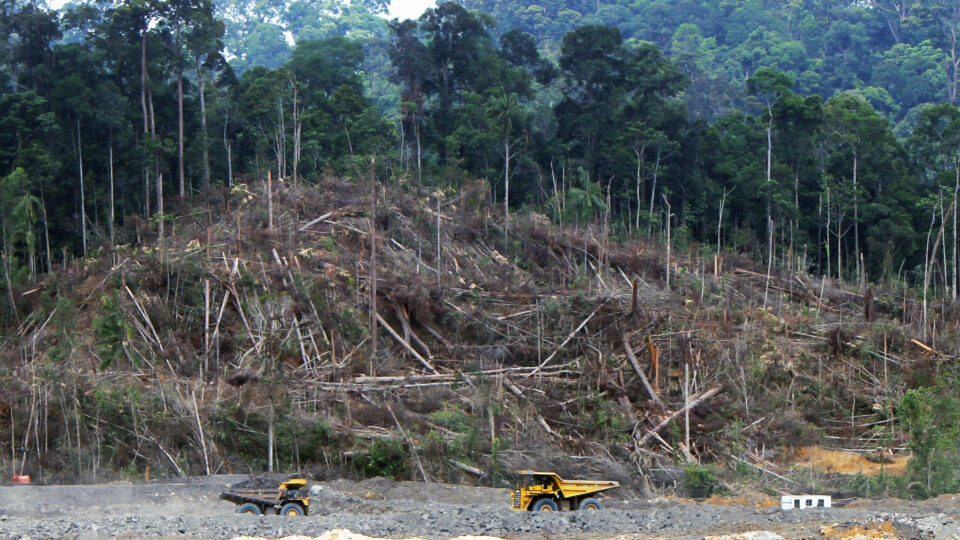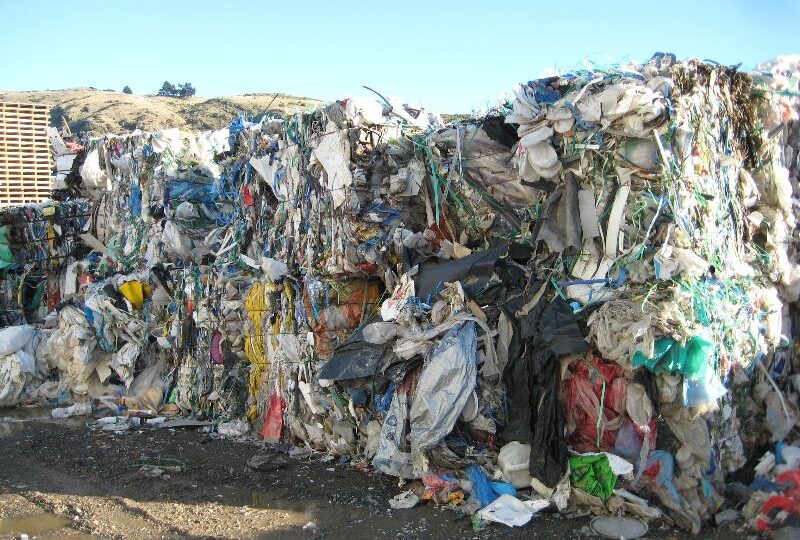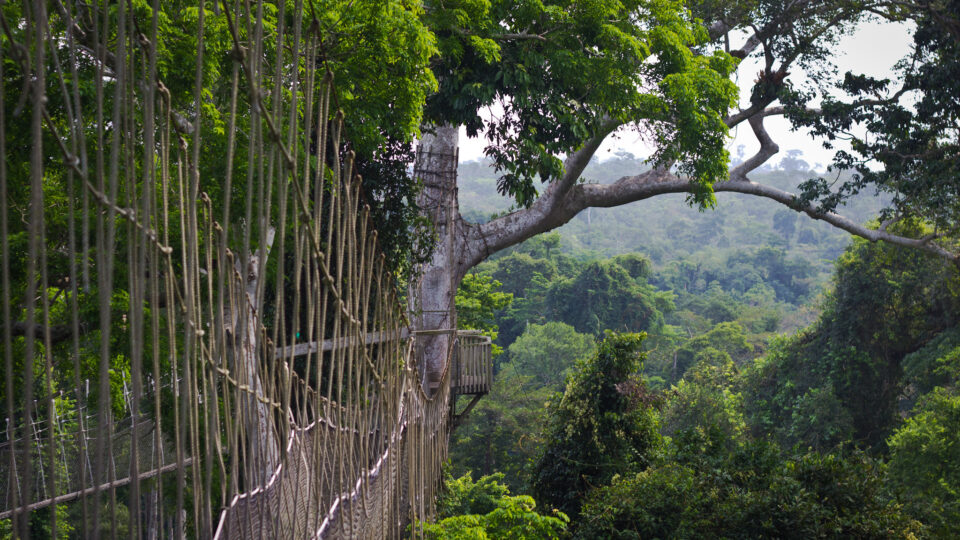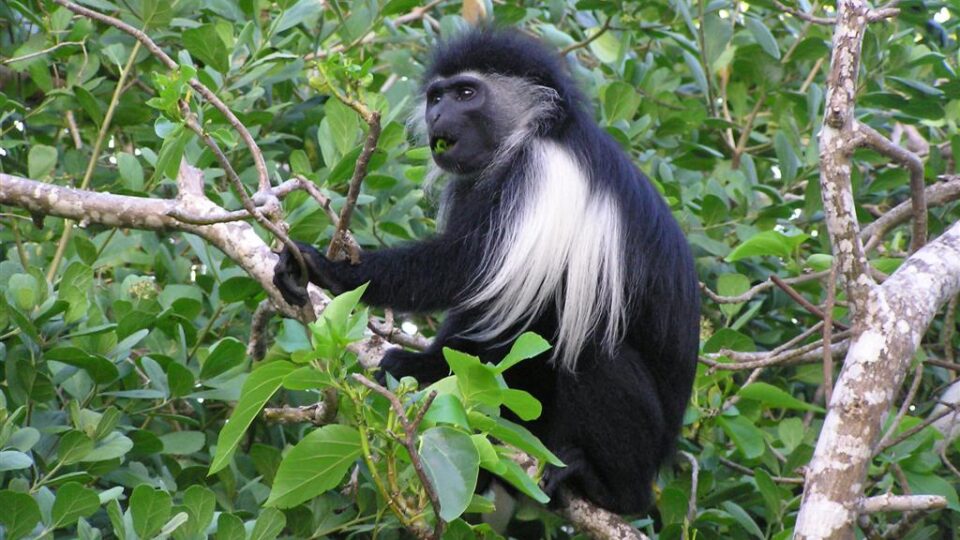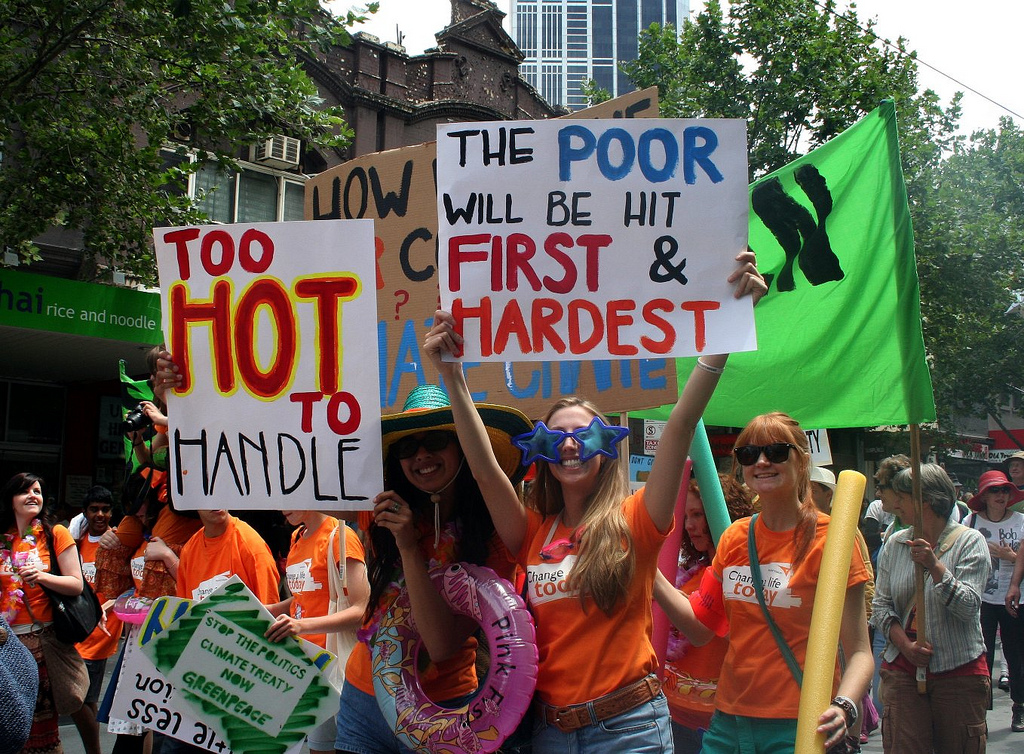Deforestation is a major contributor to climate change because the destruction of tropical rainforests worldwide eliminates a crucial natural sink for carbon. Between 2015 and 2020, roughly 39,000 square miles of forest were cut down, an area about 70% the size of the entire state of New York. In many places, such as the Amazon and Congo Basins, deforestation continues to accelerate. In Bolivia, deforestation rose 59% over the past five years; in Ghana, the rise was 71%.
A new report from the World Resources Institute revealed one bright spot in the deforestation story: both Indonesia and Malaysia have cut deforestation by more than half in recent years. The two countries have managed to keep rates of primary forest loss to near record-low levels.
Over the past five years, Indonesia saw a 64% decline and Malaysia a 57% decline in deforestation. Indonesia is the second largest source of deforestation with only Brazil removing more trees.
Indonesia has a national goal of having its forests absorb more carbon than they release by 2030. They have moved to curb logging and limit the clearing of land for palm oil plantations. They have also ramped up efforts to suppress forest fires.
It is good that Indonesia and Malaysia and some other countries have shown progress in reducing forest loss. However, too many other countries have seen continued activities and policies that are causing acceleration of deforestation in critical areas. Protecting forests is an important part of the effort to mitigate the effects of climate change. Preserving forests also is essential for protecting the people and the biodiversity that depend on them.
**********
Web Links
Indonesia, Malaysia Have Cut Deforestation in Half in Last Half-Decade
Photo, posted March 22, 2021, courtesy EPJT Tours via of Flickr.
Earth Wise is a production of WAMC Northeast Public Radio
